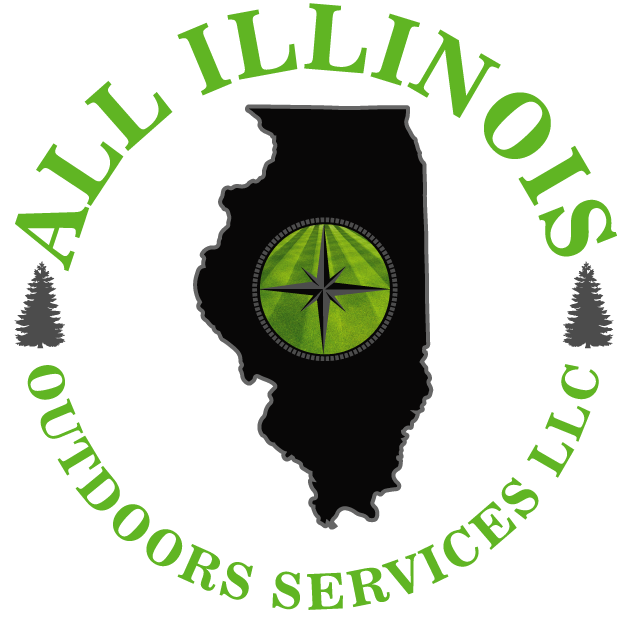While Level 2 homes don’t have recovery services onsite, there’s usually a strict requirement for maintaining membership in a recovery group or sticking to an aftercare plan with a counselor. This differs from Level 1 homes which tend to have more relaxed policies on how often drug or alcohol tests are required. Many houses require residents to attend some sort of recovery, be it a 12-step program or outpatient counseling sessions. However, most Level 1 RRs don’t provide onsite recovery services, with the possible exception of an optional 12-step recovery meeting held weekly at the home. In the 1950’s, “Halfway houses” (often funded by the government) were founded due to concerns about sustaining personal recovery after treatment.
Effectiveness of Going to a Sober Living House

It’s important to receive regular drug testing as it can help to keep residents accountable for their actions and encourage fellow residents in their recovery. Substance use treatment providers may offer oversight in some instances, although this is not always the case. All of the women were living in private rental housing at the time they were harassed, according to the study. The harassment they experienced included being asked for sex in exchange for rent, home invasions, indecent exposure, and unwanted touching. “The point of that is that if these operate as dorms, rooming houses or boarding houses, they don’t qualify as group homes and they’re not protected” by the federal fair housing rules. Group homes, including sober homes, are protected by federal fair housing law, as the borough discovered when it was sued for denying a zoning application for one and lost the case.
- The lawsuit alleged that McCarthy sexually harassed female residents of his sober homes from at least 2012 through 2021.
- We’ll be able to tell you if your insurance provider is in network with an American Addiction Centers treatment facility.
- For instance, house members vote on whether to allow a certain individual into the house.
- Meetings were held both in the home and in neighboring organizations in the community.
Can I Pay Cash for Addiction Treatment?
Today halfway houses are still used as a way to foster re-entry into society for addicts and sometimes for prison inmates. Inpatient or residential addiction treatment is covered by Medicare Part A, and out-of-pocket costs are the same as those for hospital stays. However, Medicare will only cover up to 190 days in a psychiatric hospital per lifetime. The Affordable Care Act Top 5 Advantages of Staying in a Sober Living House requires that all insurers, including Medicaid, provide coverage for behavioral health issues. Please note that not all treatment facilities can accept Medicaid insurance coverage as payment, so check with the facility you plan to attend to make sure it will be accepted. Add an addiction or mental health issue that needs professional treatment and it can seem impossible.
Sober Living Homes & Oxford Houses
The best facilities employ compassionate staff and enforce strict rules that support the recovery process. All of a sober house’s residents are expected to pursue better health and a substance-free life. Halfway houses date back to the 1830s when they housed children and adults that had committed https://theohiodigest.com/top-5-advantages-of-staying-in-a-sober-living-house/ crimes or had been released from prison. These facilities still exist today and are used primarily for those who have been incarcerated or are unhoused. Halfway houses are often designed specifically for those that received treatment for addiction to drugs or alcohol while in prison.
- Without the supervision and structure of a treatment program, a person in recovery can be tempted to return to old habits.
- Sober living homes are not for everybody; some people may need to go through detox or rehab before they can successfully live in a sober environment.
- We have an attorney on staff, licensed in three states including Kentucky and Indiana who can offer legal advice and direction to our participants who have legal problems.
- Many people choose to attend 28-or 30-day, 60-day or 90-day inpatient treatment programs before entering sober living environments.
- Sober living homes offer supportive, stable housing for people who are overcoming a substance use disorder or addiction.
Depending on the city, neighborhood and services offered, rent can range from $300 to $2,000 per month. Some sober homes do not require residents to pay utility bills, but utilities may be rationed to avoid waste. The ways that sober living houses work vary depending on the level of support provided. The National Alliance for Recovery Residences is one of the largest associations of sober living homes in the United States. It developed four levels of support that can be used to characterize most sober living homes.
- Often the structure and routine of treatment programs help keep folks sober, and risking the loss of that when completing the program can be a threat to your recovery.
- Sober living homes are structured environments designed to foster recovery and maintain sobriety.
- POTTSTOWN — After several years of not enforcing its own ordinance governing group homes, the borough has adopted new rules which will give it more oversight over “sober group homes” in particular.
The study found that 10% of the sample reported being sexually harassed by their landlords. Those who do get licenses, however, agree to follow guidelines set up by the state designed to ensure proper operations. What has changed is that the state has created a license procedure for sober group homes, but it is voluntary and sober homes need not have a license to operate. Because I’m in the center of town and had been spending weekends getting wrecked with my friends for years, my house had become the go-to for pre-drinks and after-parties. I had people texting me for weeks, months, and even a year after I had been sober to ask if they could come around. But the cracks started to show when my drinking and drug use became excessive.

